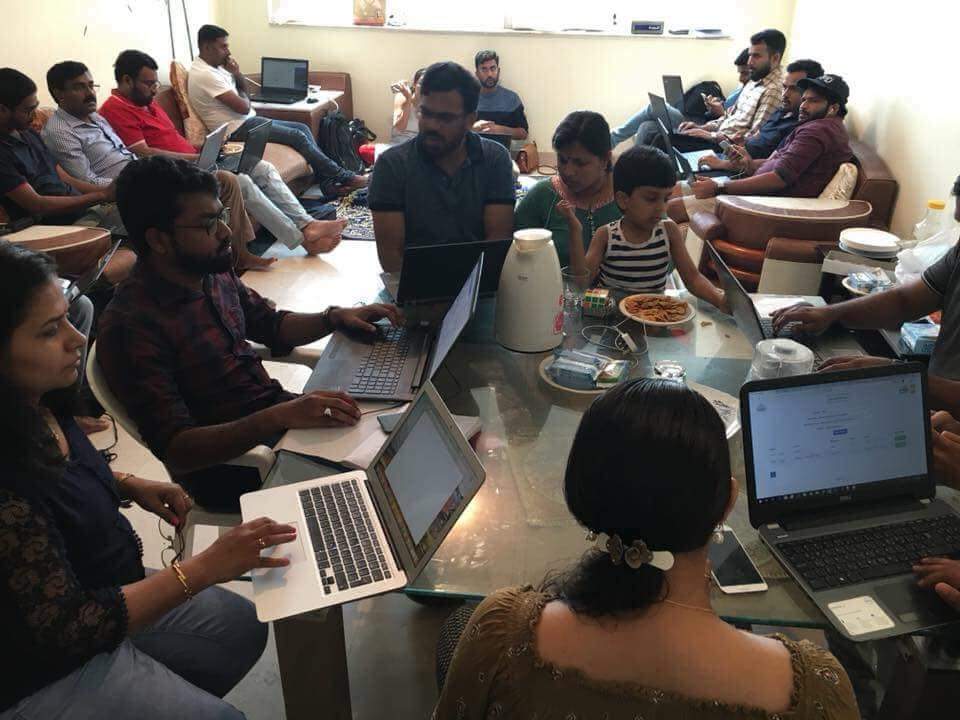I’m going to discuss how physician payment rates in the US are set and suggest a reason why #primarycare is poorly valued from a salary standpoint in the U.S. I’ll also suggest how anyone interested can work to improve payment for #primarycare.
1/
2/
3/
bit.ly/2BMEvMS
4/
5/
7/
8/

9/
11/

12/
13/
14/
15/
17/
18/
19/
20/
22/
23/
1.More #primarycare representation equitably represent physician work in the US.
2.Include economists and public health experts to help create incentives to move the physician workforce in a measured way based upon need.
24/
nytimes.com/2019/02/15/hea…










